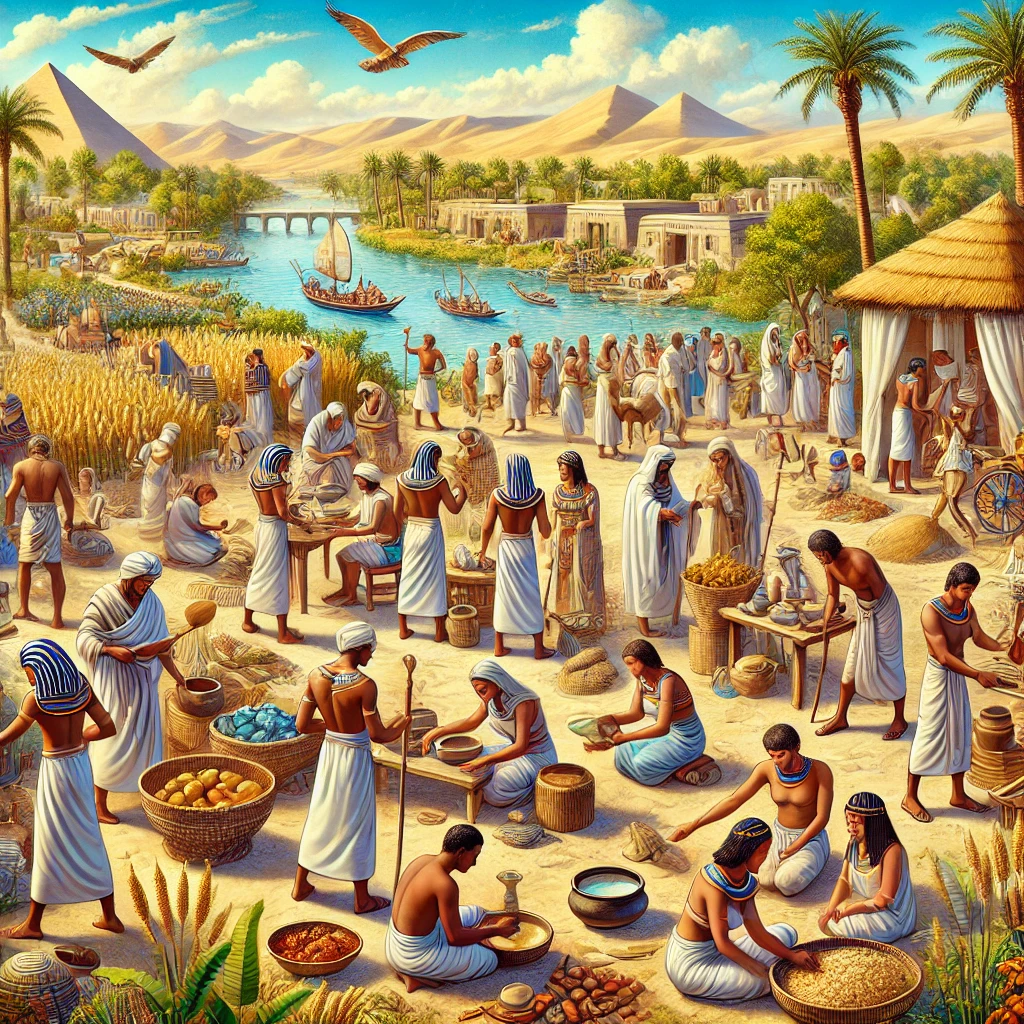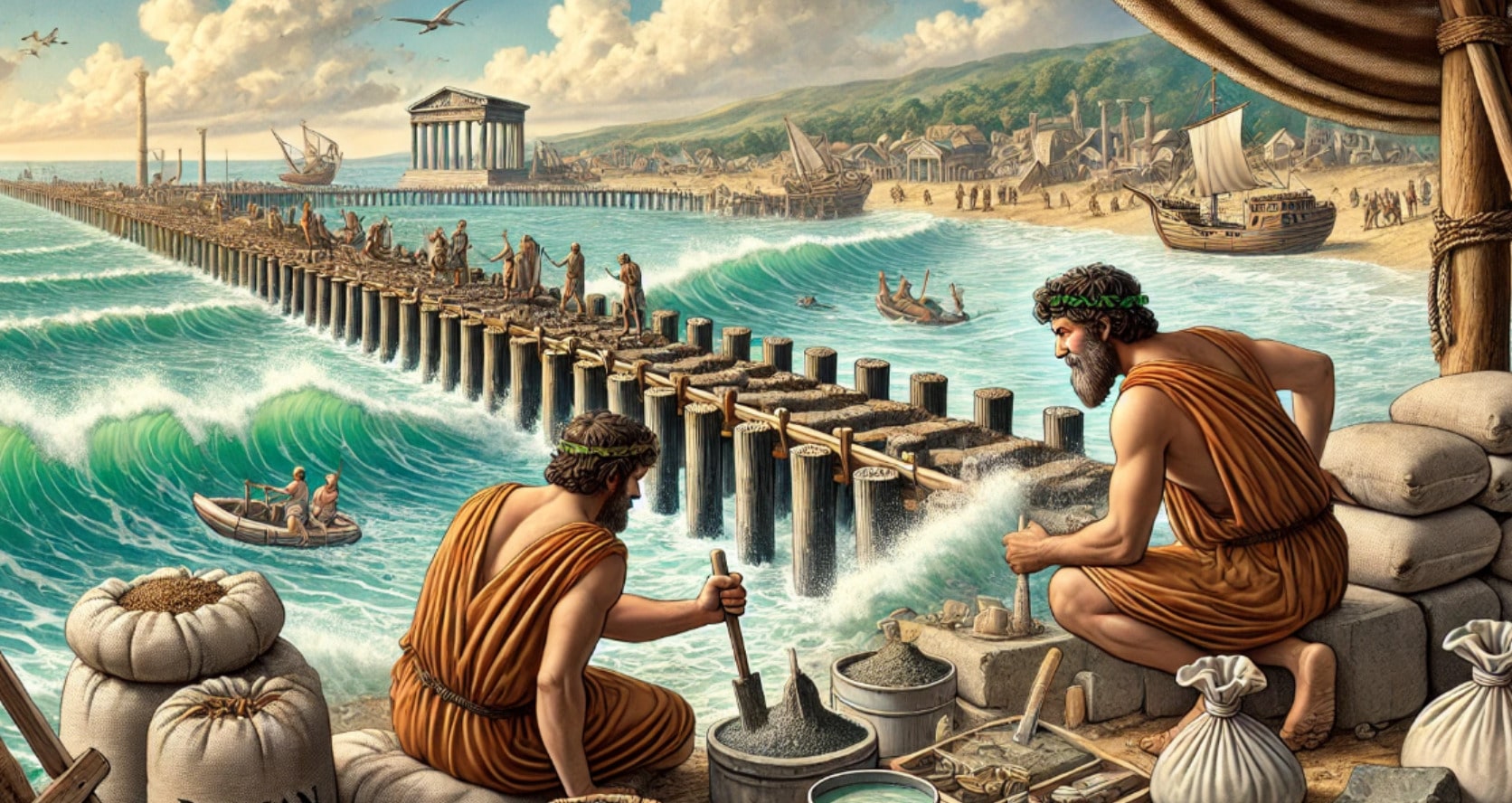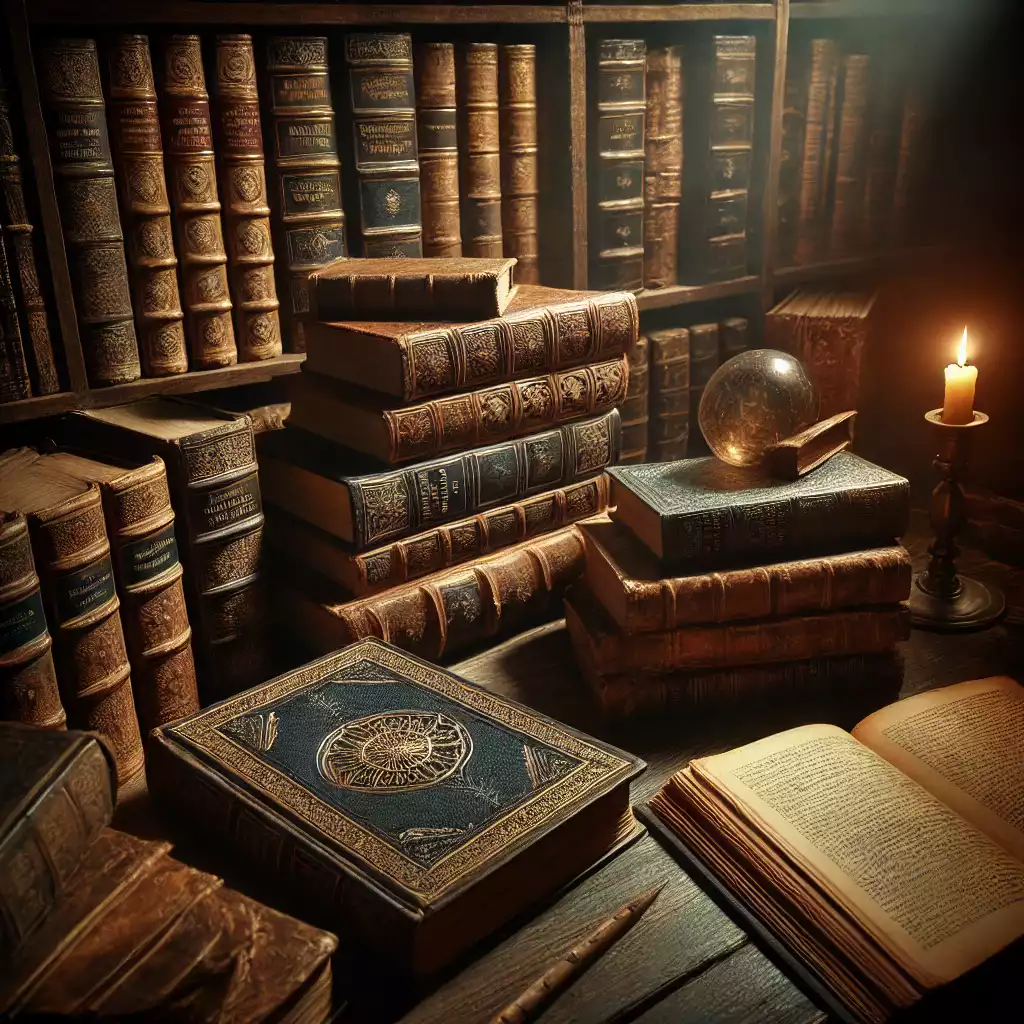When most people think of Ancient Egypt, their minds conjure images of towering pyramids, the enigmatic Sphinx, and lavishly decorated tombs. Yet, the daily lives of ordinary Egyptians reveal a rich, complex culture that thrived along the Nile. Egyptian society was built upon traditions, family values, agricultural labor, religious observances, and a highly organized social hierarchy. Here’s a look into the everyday life of the people of Ancient Egypt, exploring their customs, work, family dynamics, religious beliefs, and leisure activities that went far beyond their monumental achievements.
Social Structure and Family Life
Ancient Egyptian society was organized in a hierarchical structure, with the pharaoh at the top as a god-king, followed by priests, nobles, soldiers, and skilled workers, and ending with farmers and slaves. This hierarchy influenced daily life significantly. Most Egyptians fell into the category of laborers or farmers, working to sustain themselves and paying taxes in the form of crops or labor.
The family was the cornerstone of Egyptian society, deeply valued and cherished. Marriages were often practical arrangements rather than romantic unions, aimed at forming stable households. Nevertheless, there is evidence that Egyptian couples valued love and companionship, and marriage was a respected institution. Women had considerable rights for the time: they could own property, initiate divorce, and conduct business transactions.
Children were seen as blessings, and most families were large. Childhood was highly cherished, and there were many toys and games available, including balls, dolls, and board games like Senet—a game so old that it’s thought to be one of the earliest known board games. Education was typically reserved for boys, especially those of higher social classes, who learned to read, write, and engage in commerce or enter priesthood or government positions.
Work and the Economy
The vast majority of Egyptians were engaged in agriculture. The Nile River, with its annual flooding, provided fertile soil that allowed them to cultivate wheat, barley, flax, and other crops. Farmers worked tirelessly to plant, harvest, and manage their crops, with wheat and barley forming the staple diet of Egyptians through bread and beer, a common drink for all ages. The ancient Egyptians also raised livestock, including cattle, sheep, goats, and poultry, which played a significant role in the economy.
Apart from farmers, there were craftsmen, artisans, and laborers who specialized in pottery, textiles, jewelry, and construction. Skilled artisans, including sculptors and painters, created the stunning art that adorned tombs and temples. These trades were highly respected, especially since Egyptian art was deeply tied to religious beliefs.
Trade was another essential aspect of the economy. Egypt’s geographical position made it a hub for trade with nearby regions such as Nubia, the Levant, and even Mesopotamia. Egyptian merchants traded gold, papyrus, linen, and grain, receiving wood, precious metals, and spices in return. This exchange brought wealth and exotic goods into Egypt and reinforced its cultural and economic connections with the broader ancient world.
Religion and Spiritual Life
Religion permeated every aspect of Egyptian life, from politics to personal affairs. The Egyptians were polytheistic, worshiping a vast array of gods and goddesses, each representing different aspects of life and nature. Deities like Osiris, Isis, Ra, and Anubis played central roles, while local gods were also worshiped in smaller communities.
Egyptians believed in an afterlife, a concept that influenced their actions in life. The practice of mummification, as well as the creation of elaborate tombs filled with food, tools, and precious objects, was meant to prepare the deceased for the journey to the afterlife. Temples were the center of religious life, where priests conducted ceremonies, made offerings, and interpreted the will of the gods. Religious festivals were also common, marked by feasts, music, and celebrations that allowed people to express devotion and reinforce communal bonds.
Ordinary Egyptians also had small household shrines dedicated to deities for personal worship. Amulets were widely worn as protective charms, and prayers were an integral part of daily life. The spiritual life of Ancient Egyptians extended beyond temple rituals and was deeply intertwined with their perception of the world around them.
Food, Clothing, and Beauty
The Egyptian diet was largely based on bread and beer, supplemented with vegetables like onions, garlic, and leeks, as well as fruits, particularly figs, dates, and grapes. Meat was less common among ordinary Egyptians, but fish, ducks, and geese were popular sources of protein. Honey and dates served as natural sweeteners, and herbs and spices added flavor to meals.
Clothing was simple, primarily made from linen, which was suitable for the hot climate. Men typically wore kilts, while women wore straight-fitting dresses. Nobles and wealthy Egyptians wore finer linen, sometimes with intricate pleating or ornamentation. Footwear was minimal; people generally went barefoot or wore simple sandals made from papyrus or leather.
Egyptians placed a high value on personal grooming and beauty. Both men and women wore makeup, especially black kohl around the eyes, which protected them from the sun’s glare and also served as a symbol of beauty. They also used red ochre as blush, and wigs were popular among both genders, signifying status and style.
Entertainment and Leisure Activities
The ancient Egyptians enjoyed leisure and relaxation, and games played an important role in their culture. In addition to Senet, another popular game was Mehen, which featured a spiral-shaped board. Athletic activities, such as wrestling, archery, and river fishing, were common, particularly among young men.
Music and dance were also vital aspects of Egyptian life. Musicians and dancers were often present at feasts and religious ceremonies. Instruments like harps, flutes, and drums provided accompaniment, while dancers entertained guests with their graceful movements. Storytelling, poetry, and literature were valued as well, with tales and myths being passed down through generations, often shared during gatherings.
The Legacy of Daily Life in Ancient Egypt
The everyday lives of the people in Ancient Egypt may not have involved constructing grand monuments, but they were no less important in defining the civilization’s character. Farmers, artisans, merchants, and families each contributed to a society that balanced spiritual and practical needs, laying the foundation for a culture that would fascinate the world for millennia.
Understanding the day-to-day life of Ancient Egyptians reveals a society that, while ancient, had many similarities to modern life. Egyptians valued family, hard work, education, and spiritual fulfillment. Their lives were rich with traditions, festivities, and community bonds, creating a civilization that extended beyond its pyramids and into the hearts of the people who lived and thrived by the Nile.



